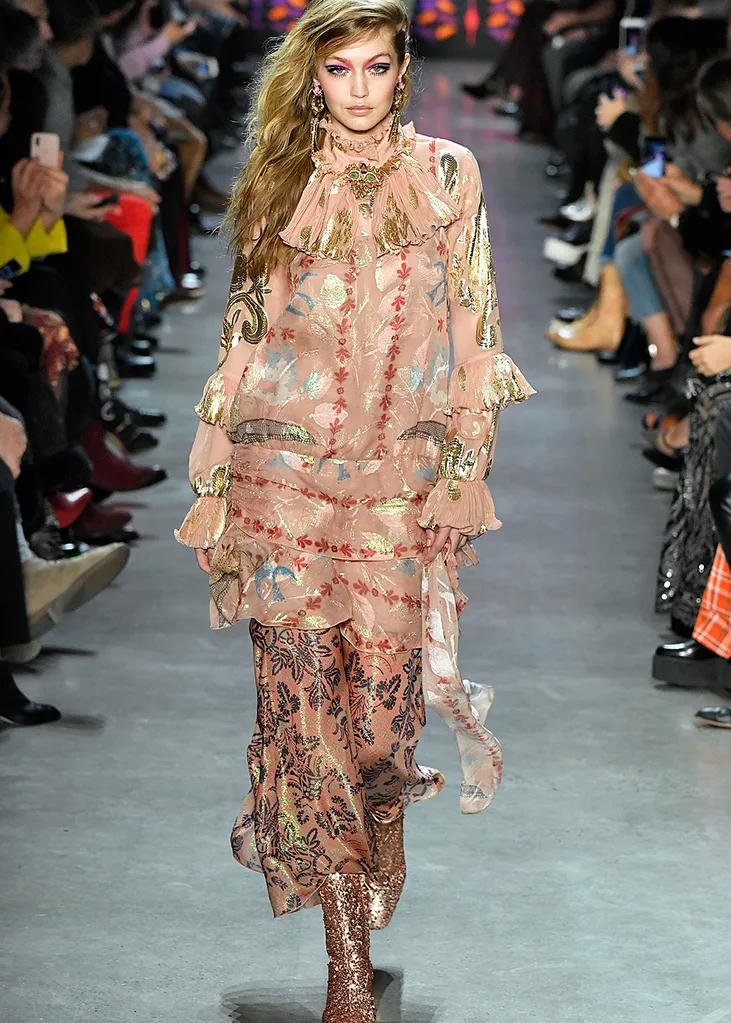Just last week, Gigi Hadid wrote an emotional message, revealing she suffers from Hashimoto’s disease after critics slammed her for losing too much weight.
“For those of you so determined to come up with why my body has changed over the years, you may not know that when I started at 17, I was not yet diagnosed with Hashimoto’s disease,” the 22-year-old wrote on Twitter.
But what exactly is Hashimoto’s disease?
The autoimmune condition results in the body’s immune system attacking the thyroid gland. This leads to inflammation and destruction of thyroid tissue, reducing its ability to produce the hormones that coordinate many of the body’s essential functions.
Awareness around the disease has steadily increased, in no small part due to celebrities like Gigi Hadid opening up about their experiences with it.

Hashimoto’s usually causes hypothyroidism – when the thyroid gland does not make enough thyroid hormone – which exhibits a range of symptoms. Around one in seven Australians suffer from a thyroid issue like Hashimoto’s but it’s estimated that a further million people are living with one undiagnosed. If you have noticed any of the following signs of the disease, speak to a medical professional.
- Fatigue
- Depression
- Cold sensitivity
- Constipation
- Pale, dry skin
- Brittle nails
- Unexplained weight gain
- Fluid retention
- A puffy face
- Hair loss and dryness
- Joint pain and stiffness
- Muscle weakness
- Enlargement of the tongue
- Forgetfulness
- Enlargement of the thyroid gland (goitre)
- In women, heavy menstrual bleeding (menorrhagia)
Sufferers can experience all or scarcely any of these symptoms, which is why proper diagnosis can take years. Fortunately, treatment – which usually includes medication with a synthetic thyroid hormone – can provide relief.
If you’d like more information on thyroid issues, the Australian Thyroid Foundation can help. Head to www.thyroidfoundation.org.au
This article originally appeared on Women’s Health










